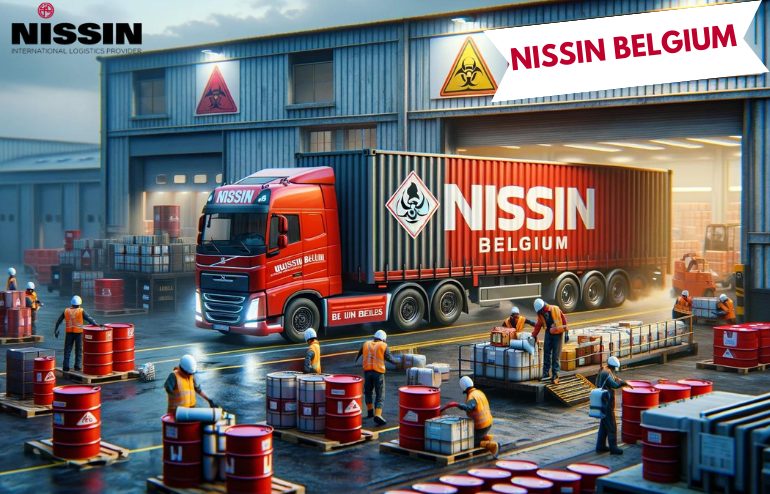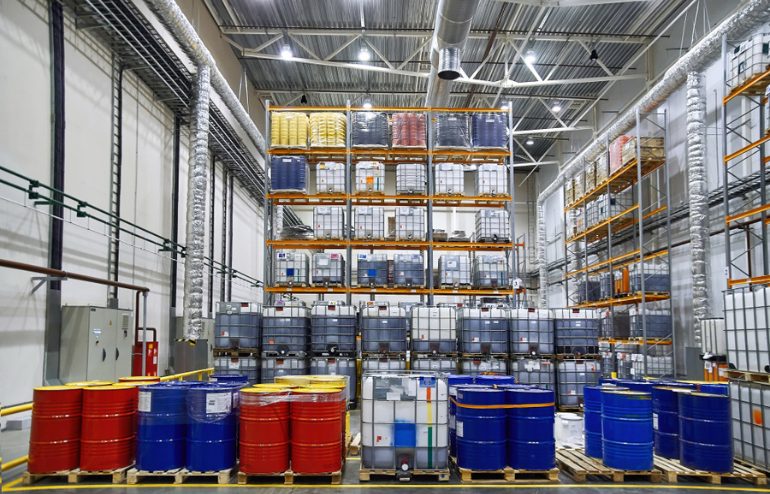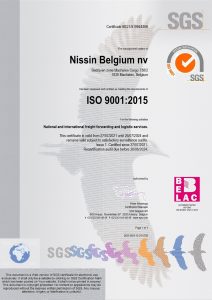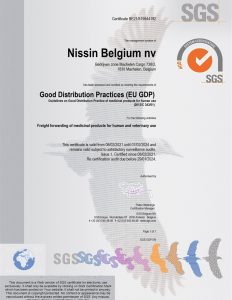The world relies on a steady flow of goods, and a significant portion of this movement involves hazardous and toxic materials. From flammable liquids to corrosive chemicals, hazardous goods transportation, as it’s often referred to, is a critical but inherently risky business.
Ensuring safe and secure transportation of hazardous materials is a complex task that demands a multi-pronged approach. This approach involves strong logistics practices and meticulous adherence to strict regulations, which play an important role in mitigating potential accidents and safeguarding the well-being of workers, communities, and the ecosystem.
This blog post will explore the intricacies of hazardous goods transportation and its best practices, as well as highlight the importance of partnering with a reliable logistics provider like Nissin Belgium.
Key Principles in the Storage and Transportation of Hazardous Materials
Proper storage and transportation of hazardous materials rely on several key principles:
Classification and Labeling: Accurate labeling of such goods is a top priority. This ensures that everyone involved in the transport process is aware of the risks and can take necessary precautions.
Packaging: It is crucial to utilize appropriate packaging. Packaging must be strong enough to endure the rigors of transportation, including handling and environmental conditions.
Training: Personnel involved in the transportation of such goods must receive comprehensive training. This training covers proper handling techniques, emergency response procedures, and regulatory compliance.
Documentation: Maintaining accurate and updated documentation is essential. This includes shipping papers, safety data sheets, and emergency transport cards.
What is the most common method of transporting hazardous material?
The mode of transport chosen for hazardous materials depends on several factors, including the type of material, distance, and cost. Here’s a breakdown of the most common methods:
| Method | Description | Advantages | Disadvantages |
|---|---|---|---|
Road |
Trucks are the most widely used method for short-haul and domestic transportation of hazardous goods. | Offers flexibility and can be used for door-to-door deliveries. | Strict regulations govern packaging, labeling, and vehicle safety for road transport. |
Rail |
Rail offers a cost-effective option for transporting large quantities of hazardous materials over long distances. | Tank cars and specialized containers ensure secure transport. | Less flexible than road transport and may not be suitable for all origins and destinations. |
Air |
Air freight is the fastest method for urgent deliveries of dangerous goods. | Speed is the primary advantage. | Stringent regulations and airport limitations restrict the types and quantities of materials allowed on board. |
Sea |
Ships carry a significant portion of hazardous materials globally, particularly bulk materials like oil and chemicals. | Cost-effective for large volumes over long distances. | Slower than other methods and may be subject to delays due to weather conditions. |
Safety Measures and Best Practices
Implementing safety measures and best practices is important for the secure transport of dangerous goods:
Risk Assessment: Conducting thorough risk assessments before transportation can identify potential hazards and inform mitigation strategies.
Emergency Response Plans: Developing and rehearsing emergency response plans ensures personnel are prepared to act swiftly in an incident.
Regular Inspections: Routine inspections of vehicles and containers help find and address any issues before they escalate.
Partnering for Secure Delivery: Why Choose Nissin Belgium?
Given the complexities and risks associated with hazardous goods transport solutions, partnering with an experienced and reputable logistics provider is key. Companies like Nissin Belgium offer comprehensive logistical solutions catered to meet the unique needs of each client, ensuring compliance with all relevant regulations and employing best practices throughout the entire transportation process.
With our expertise, best equipment, and commitment to safety, we provide peace of mind to businesses that require the transportation of chemicals, radioactive materials, or any other dangerous substances. Our team of trained professionals can ensure you a seamless and secure journey, putting safety at the forefront every step of the way.
Contact us at + 32 2 751 44 99 or write to HowCanIHelpYou@be.nissin-eu.com for more information on our logistics services.







